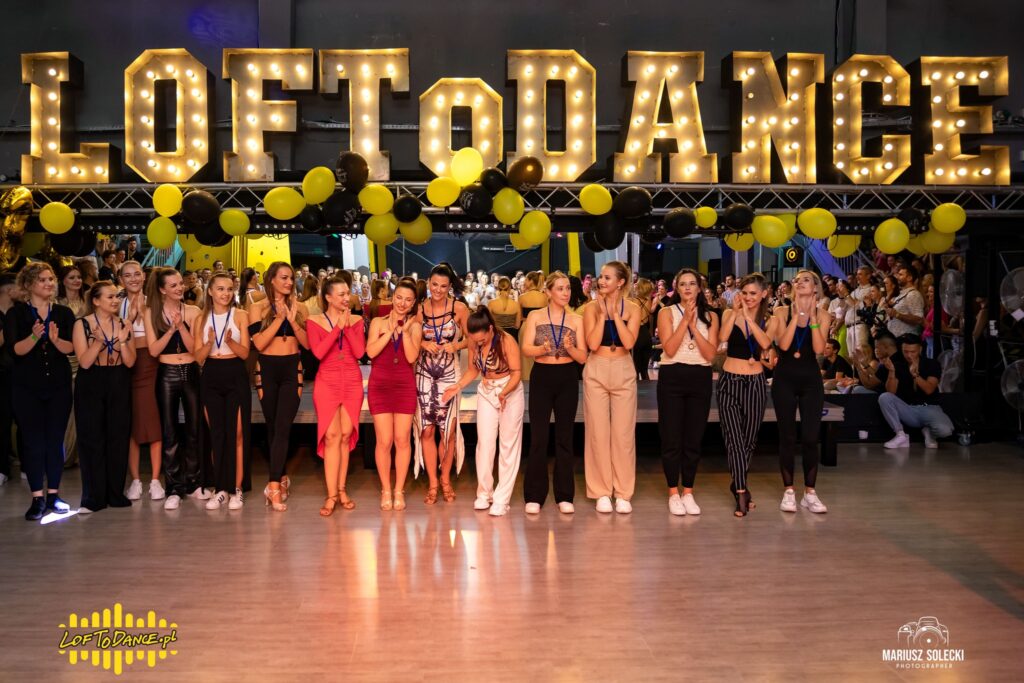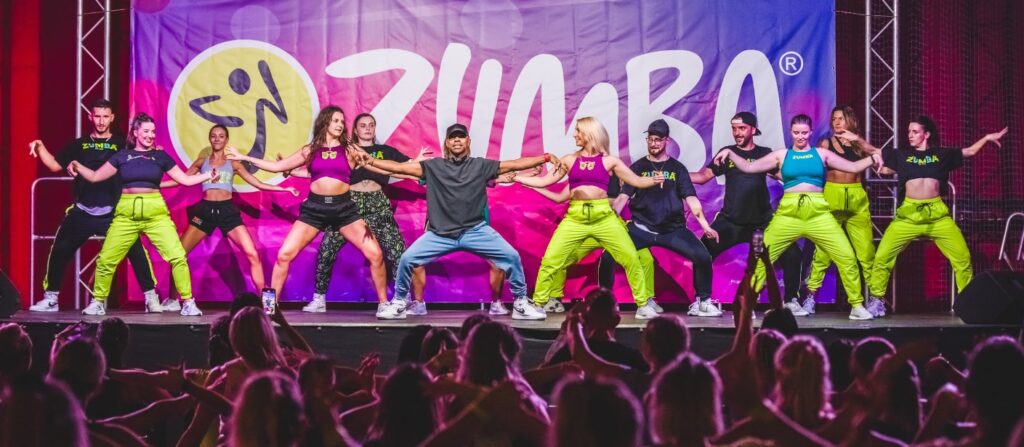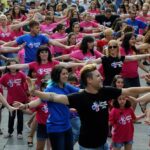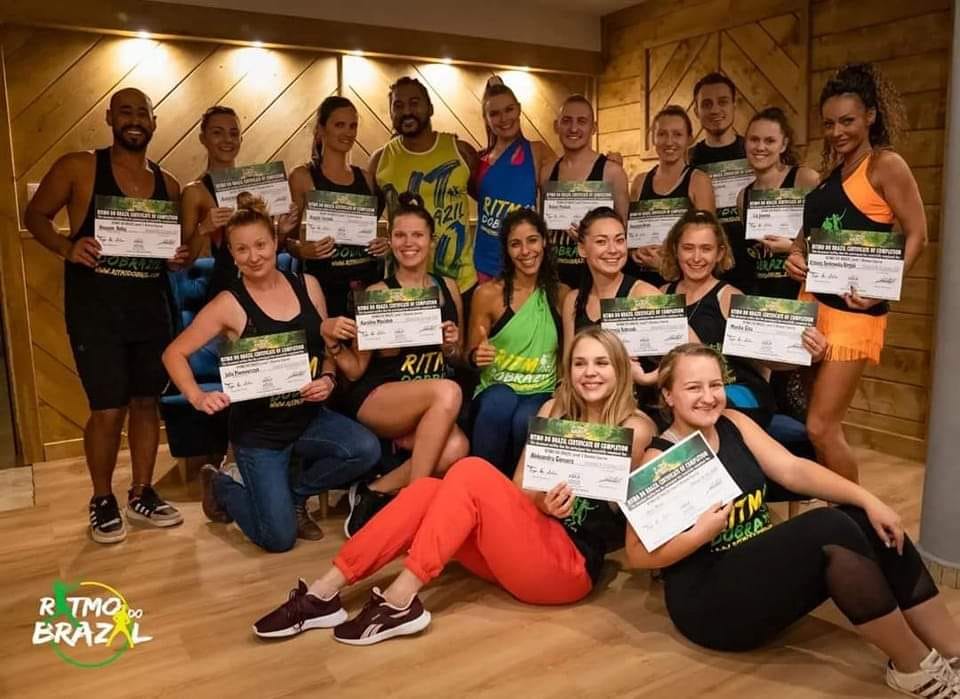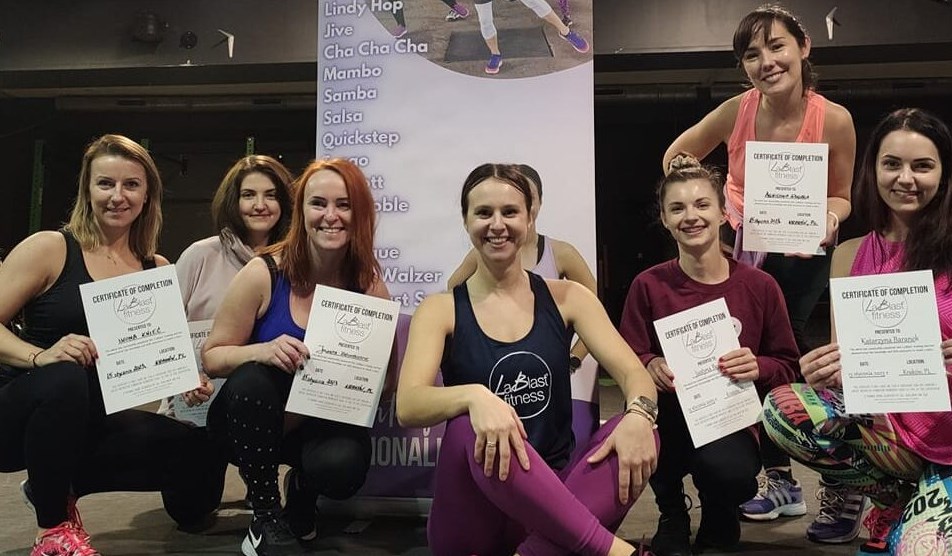Dance, by its very nature, is inclusive. It belongs to everybody and may appeal to young people who cannot engage in, or do not enjoy, traditional team games. Creative dance does not require formal training, making it ideal for all children – no matter their body type, cognitive ability, or skill level. It is not stylistic like other forms of dance, such as modern, tap, ballet or salsa.
The class incorporates problem-solving, collaborative and motor skills. It also introduces children to concepts such as metaphor and symbolism, as they work out how to use movement to portray something representing, for example, the qualities of a firework.
Our research shows that children value dance as part of their schooling. Primary schooler Nastacia explained that she loved “doing everything really, but you know dancing is the best. It is so cool”, while Ahmet stated that he “loved dancing”.
The value of creative dance, above other physical activity, is that it employs creativity and aesthetics in a unique way. Rather than aesthetics being an element considered additional to the main performance, such as in gymnastics, it is the basis of creative dance. It is also different to other arts subjects. It develops creativity based in physical activity. And, as with any form of art, the children learn by experiencing this creative process.
For example, children can learn skills and concepts in the process of creating dances and learn how the body works physiologically, such as while practising or performing their own choreographed dances in groups.
The range of skills involved in creative dance, and the connectivity between them, means the class has a focus on the entire person. Different ways of knowing, and areas of learning, can complement each other. Experiencing the arts can shape our ideas, provide a deeper understanding of emotions and increased self-awareness.
Mental and physical health
Furthermore, mental health and wellbeing can be improved as a result of engagement in the arts when employed as psychotherapies with children. Right now, this is more important than ever. In 2017 one in nine five to 16-year-old children suffered mental health concerns. This rose to one in six children in this age bracket in July 2020.
During the pandemic, exercise to promote physical and mental health has been emphasised. The endorphins released support a robust immune system, and physical movement develops strong bodies for adulthood. Learning in primary schools is often sedentary, and even more so where online technology has been used during lockdowns. This means that animated activity is needed even more frequently.
The holistic learning provided by creative dance – combining arts, physical exercise, communication and problem solving – should therefore hold a more prominent position in the UK education curriculum for primary schools.
Creative dance helps children develop an increased ability to be in the body in the present moment, feeling all its sensations, both emotional and physical. It can help children’s social and emotional development, and this can, in turn, be of benefit in other spheres of life.
Creative dance is taught as part of physical education (PE) in UK primary schools. However, physical education is overlooked in the national curriculum. It is taught as a foundation subject as opposed to a core subject, meaning that time for PE is limited when compared to subjects such as English, maths and science. In addition, PE time is often used for team sports rather than more creative activities such as dance.
Our recent research suggests that the many benefits of creative dance for primary school children mean that it should play a greater role in children’s learning in UK state primary education.
Learning through movement
Creative dance classes may begin with a physical warm up followed by the introduction of some improvised movement – possibly prompted by percussive instruments such as a drum for strong, sharp movements, or a tambourine, for quick, light, shaking movements.
Then children can work on individual movement sequences, inspired by an idea or prompt, such as a firework. Small groups might then combine their movement sequences to develop a choreography they can repeat, perhaps to share with others in the class, before reflecting on their experience.
Authors:
Helen Payne, Professor of Psychotherapy, University of Hertfordshire and Barry Paraskeva Costas, Senior Lecturer in Physical Education, Sport, Health and Wellbeing, University of Hertfordshire
Source: This article is republished from The Conversation under a Creative Commons license. Read the original article.




